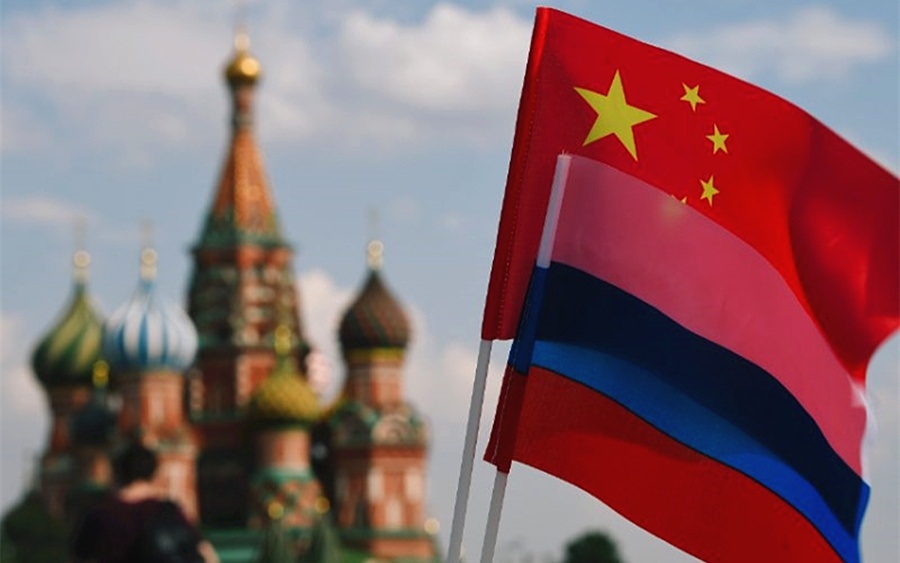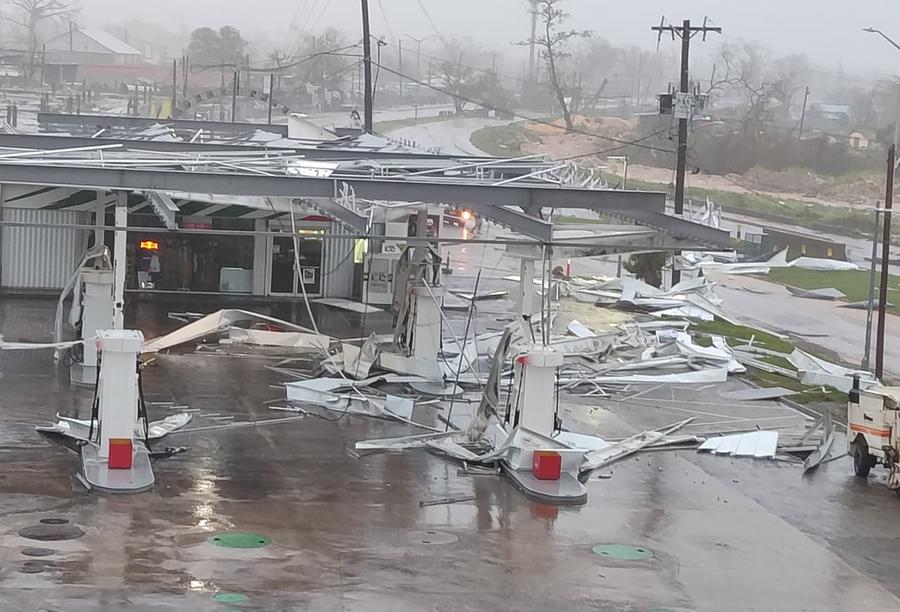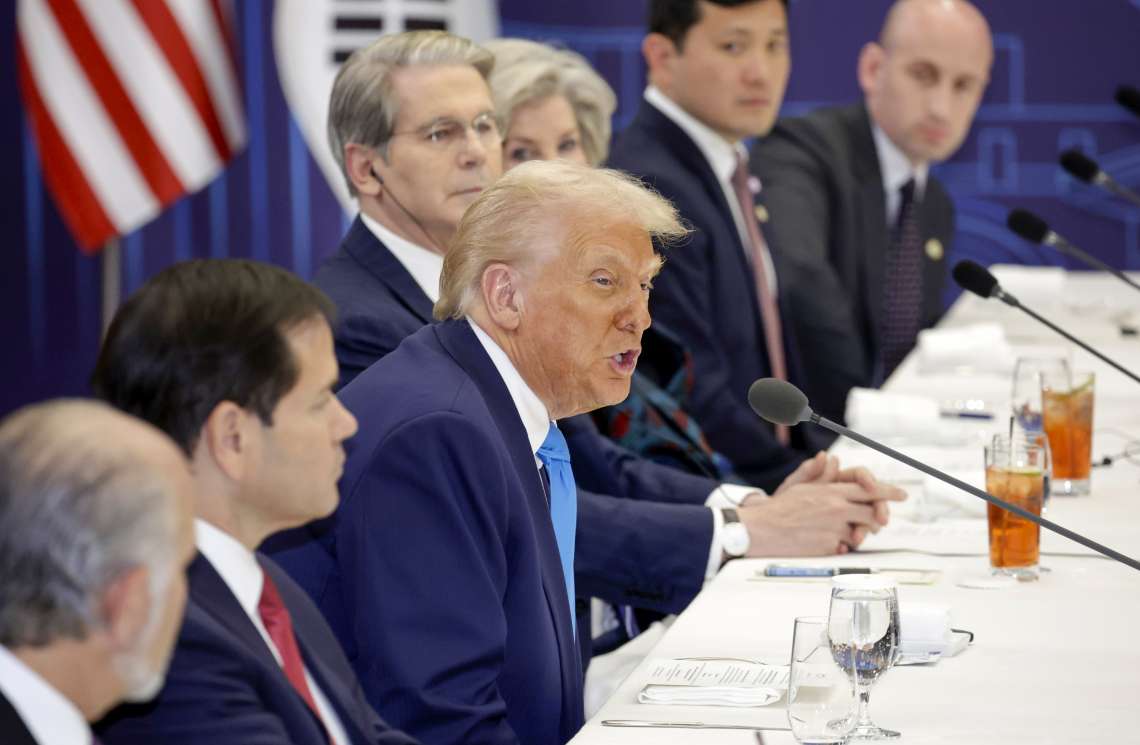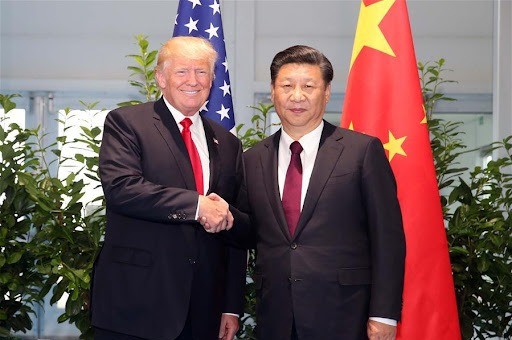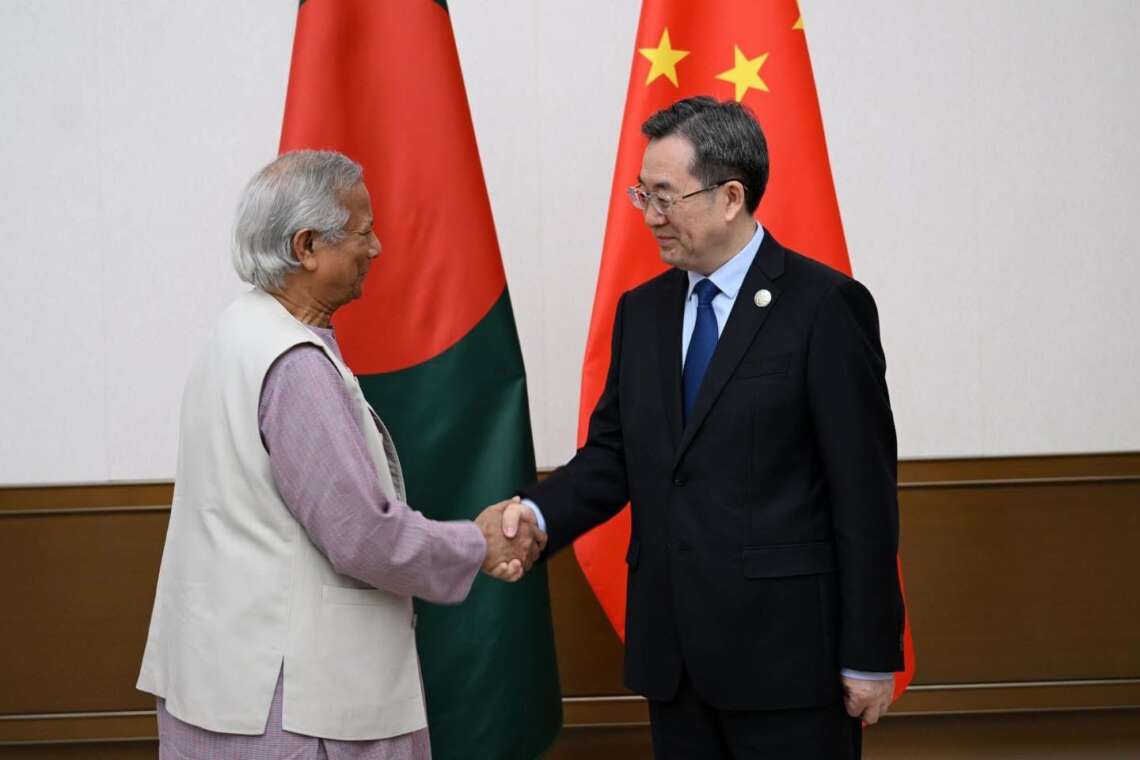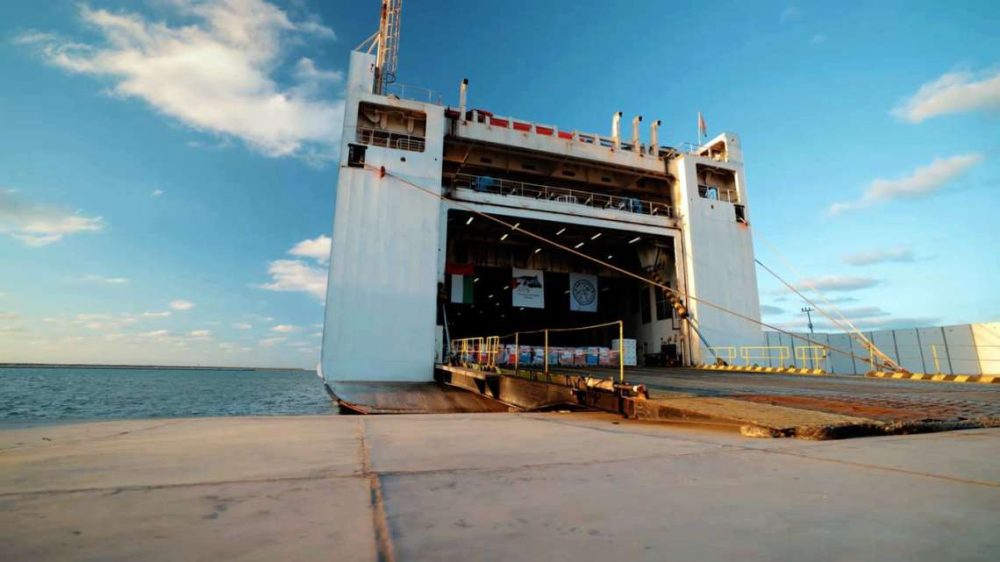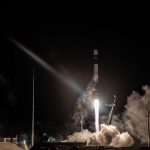A recent intelligence report warns that China’s increasing cooperation with Russia, Iran, and North Korea, driven by shared opposition to US influence, could escalate into a multi-front challenge for US security.
The United States intelligence community has identified China as the most significant military and cyber threat, with growing concerns over its increasing cooperation with Russia, Iran, and North Korea. A recent intelligence report warns that this emerging bloc, driven by shared opposition to US influence, could escalate into a multi-front challenge for US security.
The annual report by the Office of the Director of National Intelligence highlights that China is rapidly advancing its military capabilities. According to US Director of National Intelligence Tulsi Gabbard, Beijing is deploying hypersonic weapons, stealth aircraft, nuclear arms, advanced submarines, and space warfare technologies. In addition, its cyber capabilities are growing, making it a formidable player in the global security landscape.
China’s ambitions regarding Taiwan remain a focal point of concern. The report suggests that Beijing is steadily improving its military preparedness for a potential takeover of Taiwan while simultaneously exerting economic and diplomatic pressure on Taipei. US intelligence analysts believe that if Taiwan moves toward formal independence, China is likely to escalate its coercive measures. These could include trade restrictions, import bans, and the selective enforcement of economic regulations designed to weaken Taiwan’s economy.
Despite its military and economic power, China faces significant internal challenges that could slow its ambitions. The report highlights corruption, demographic disparities, and economic difficulties as key obstacles that may hinder Beijing’s long-term strategic goals. However, China’s growing strategic partnerships with Russia, Iran, and North Korea present a broader geopolitical challenge that extends beyond Taiwan.
China-Russia-Iran-DPRK Axis
The intelligence report underscores that the war in Ukraine has accelerated the deepening ties between these four adversarial nations. Their expanding cooperation, particularly in defence and security, has heightened concerns within the US intelligence community. The report warns that this evolving alignment could lead to a scenario where tensions with one of these countries could quickly escalate into a broader conflict involving others.
Russia’s reliance on its partners has surged due to the prolonged war in Ukraine and Western sanctions. The report reveals that North Korea has been supplying Russia with munitions, missiles, and even troops under a strategic pact signed in June 2024. Iran, in exchange for advanced military support from Moscow, has provided Russia with unmanned aerial vehicles (UAVs) that have been extensively used in Ukraine.
China, meanwhile, has played a crucial role in keeping Russia’s economy afloat despite Western sanctions. Trade between China and Russia has soared since the war began, allowing Moscow to maintain its war effort. Russia’s oil and LNG exports to China have further strengthened this economic partnership, ensuring that both nations can counterbalance US-led economic pressure.
This growing cooperation extends beyond economics. China and Russia have intensified joint military drills, expanded their Arctic operations, and increased naval patrols in contested waters, signalling a coordinated effort to push back against Western influence. The intelligence report notes that while this strategic alignment is driven by shared opposition to the US, it is not without internal tensions. Differences in interests and fears of military escalation could limit the depth of this cooperation.
The Rising Risk of a Multi-Front Conflict
The intelligence assessment warns that the strengthening ties among China, Russia, Iran, and North Korea increase the risk of a conflict with one of these nations spilling over into a larger confrontation. This possibility has become more likely regardless of the outcome of the war in Ukraine.
The report describes China as the “critical” factor in this alignment, given its economic power, technological advancements, and military expansion. With China playing a key role in amplifying the threats posed by its partners, the US faces a more complex and interconnected global security challenge than in previous decades.
Washington’s concerns are not limited to military and economic threats. China’s increasing influence in cyber operations poses another dimension of risk. The report notes that China has significantly improved its cyberwarfare capabilities, enabling it to target critical infrastructure and government systems worldwide. These capabilities, if fully deployed, could be used to disrupt communications, power grids, and financial institutions, further complicating the US response to global security threats.
US Strategic Response and the Road Ahead
As tensions rise, US intelligence officials emphasise the need for a reassessment of Washington’s global strategy. The report suggests that the US must strengthen its alliances, particularly with NATO and Indo-Pacific partners, to counterbalance the growing influence of this emerging axis. It also highlights the importance of boosting economic resilience to ensure that sanctions and trade policies remain effective in deterring hostile actions.
The evolving geopolitical landscape presents one of the most significant security challenges the US has faced in recent years. With China leading a coalition of adversarial nations, the risk of confrontation—whether in Taiwan, Ukraine, or beyond—has grown considerably. The intelligence report warns that without a comprehensive strategy to address these threats, the US could find itself drawn into a prolonged, multi-front conflict with unpredictable consequences.


